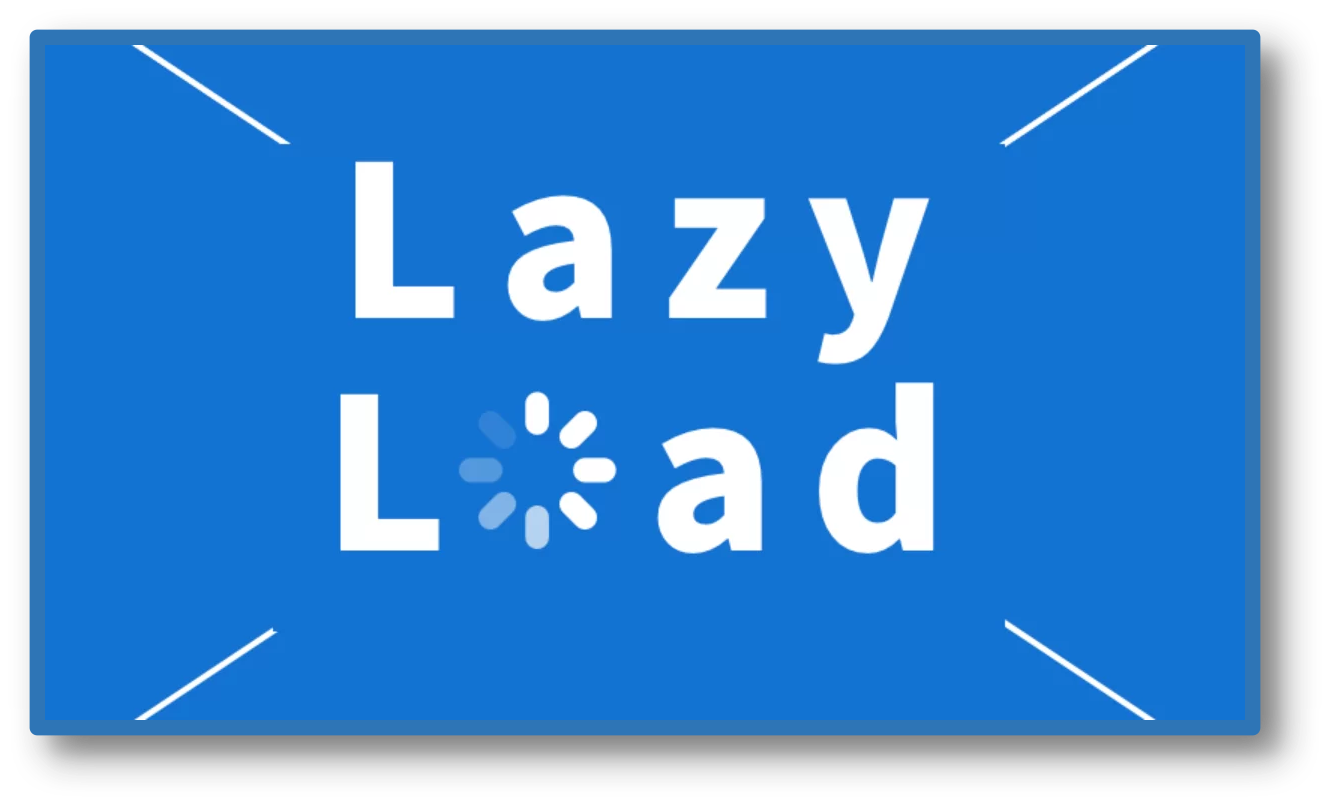In this article, we will learn all you need to know about WordPress lazy loading.
So, Let’s Get Started!
What is Lazy Loading?
WordPress lazy loading can speed up your website and improve the user experience. Slow websites are not popular. It is researched that a one-second delay in page load time affects client satisfaction and results in fewer conversions.
Google and other search engines dislike websites that take a long time to load. Thus, quicker websites appear higher in search results. A website can utilize lazy loading to only load the photos that the user can see. Avoiding downloading photos outside of the viewport, helps the website maintain a quick load time.
How Does It Work?
When a user accesses a WordPress website, their browser instantly downloads every image on the page. This procedure can greatly speed up the load time for pages with plenty of high-resolution photos, which will negatively affect the functionality of your website.
Your website will only download the photos that are visible to the visitor when lazy loading is enabled. When the user scrolls down the web page, a substitute photo replaces the remaining media files, which are then loaded.
Advantages and Disadvantages of Lazy Loading
Let’s have a look at some advantages and disadvantages of WordPress lazy loading.
Advantages
- Reduce the number of images that must load when the website first loads by using lazy loading. As a result, the page makes fewer requests for resources, uses fewer bytes to download files, and uses less network bandwidth overall. Users can load pages considerably more quickly, which improves performance.
- The amount charged for content delivery is determined by the volume of data sent. By limiting the number of images given, lazy loading lowers the number of bytes consumed. The expense of delivering images overall is decreased as a result.
- Over time, sluggish loading advertising will frequently increase publishers’ earnings. This is because lazy loading only forces the advertisement to load when a user intends to view it. The value of your goods will rise as a result, boosting the likelihood of competitive auctions and gradually raising rates.
Disadvantages
- It seems that using lazy loading is a simple way to simultaneously improve user experience and revenue. Unfortunately, it is not quite that easy. Lazy loading, which only renders ads when necessary and lowers the number of ad requests made to the ad server and total impressions provided, may harm the amount of available inventory.
- The potential detrimental impact on a website’s search engine optimization (SEO) or ranking is another common barrier. Search engines routinely ignore information that is lazy to load. A search engine crawler is likely to misinterpret or disregard the resource contents because it always defaults to placeholder material. Consequently, the lazy-loaded component might be disregarded, which would reduce the number of search engine results.
- Additionally, even if the majority of advertisers take ad viewability into account when creating a campaign, it is unlikely that they will only pay for viewable impressions if it is not a key performance indicator. In this situation, you would be letting your revenue deteriorate as a result of customer impressions that were not unsatisfactory.
How To Add WordPress Lazy Loading?
Lazy loading can be implemented on your WordPress site in three different methods. We advise selecting the option that best fits your requirements.
1. Plugin Method
The second option might not always work because not all browsers support slow loading for images and videos. Installing a WordPress lazy loading plugin will solve this problem. With this technique, you have more control over which photos are lazy loaded without using any code.
Some of the plugins are listed below:
Smush
Lazy loading is supported by the popular optimization plugin Smush. Popular themes, website builders, and media library plugins are all compatible with it.
Additionally, it enables you to save the plugin’s settings in an unlimited number of configurations and quickly apply them. Tools for picture compression, multisite support, and improper image size detection are further useful features.
You can optimize large photos without size restrictions, make a backup of the original images, and gain access to additional WPMU Pro plugins by upgrading to Smush Pro.

a3 Lazy Load
It is a free lazy loading plugin designed for mobile devices. It works flawlessly with WordPress 5.9 and a variety of programs.
Along with providing the fundamentals of image lazy loading, a3 Lazily Load also enables you to lazy load videos, including embedded movies in widgets, posts, pages, and custom post kinds.
Additionally provided are lazy load effects and the choice to load scripts from the header or footer.

Optimole – image Optimization & Lazy Load
Optimole supports various image types. The best user experience is provided by this freemium lazy load plugin, which scales and optimizes WordPress images to match visitors’ devices.
You have the option to lower the visual quality when Optimole notices a slower network. Additionally, you can conserve data by putting pictures in the Optimole cloud library.

2. Use WordPress 5.4 or 5.9
Images with lazy load are included by default in WordPress versions 5.4 and higher. The most recent version of WordPress will automatically enable lazy loading.
Even though it’s the simplest approach, you can’t specify which photos to lazy load using it. As a result, your website can use the functionality excessively, leading to the drawbacks listed above.
The fact that the lazy loading feature is different in each WordPress version should also be taken into account. WordPress just announced that WordPress 5.9 has improvements to address the problems with prior versions’ subpar Large Conceitful Graphics scores.
3. Utilizing Native Lazy Loading in the Browser
Native image slow loading is supported by widely used browsers including Chrome, Firefox, and Opera. To enable it automatically, simply add the <img loading= “lazy”> loading property to the desired images and videos.
Here’s an illustration of how to apply it:
<imgsrc=”image-name.png”loading=”lazy” alt=”alt
atttribute” width=”200″ height=”200″>
This technique is great for lazy loading certain images since it gives each one a loading attribute that controls when it appears in the viewport. Even yet, if your website contains a large number of media files, slow loading individual photos can take some time.
Conclusion
WordPress’s lazy loading feature enables you to improve the surfing experience for users. This function not only speeds up the website but also uses less bandwidth. Overall, it helps your SEO efforts to improve your search engine ranks.
For more informative blog posts, head on to our blogs section!



